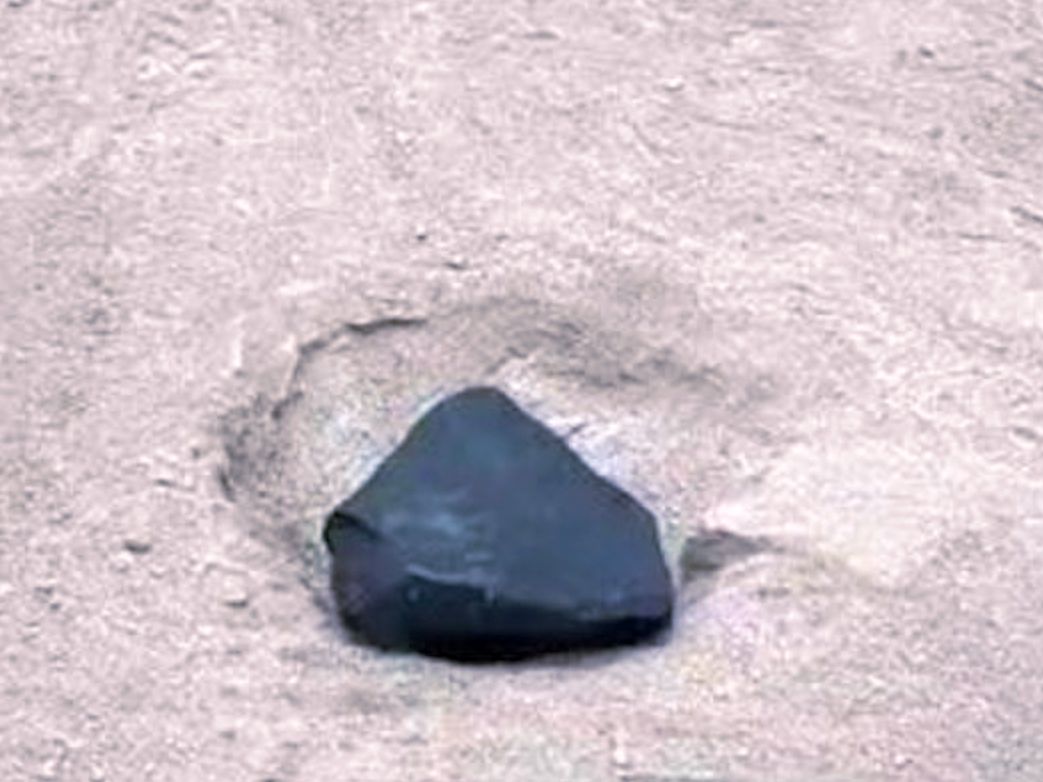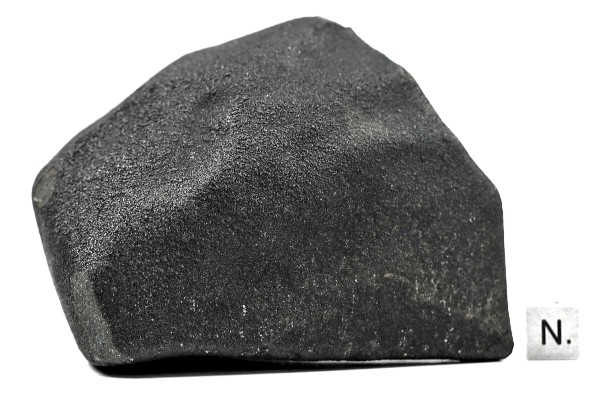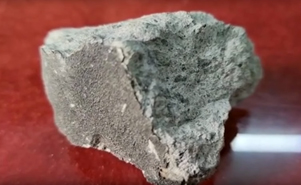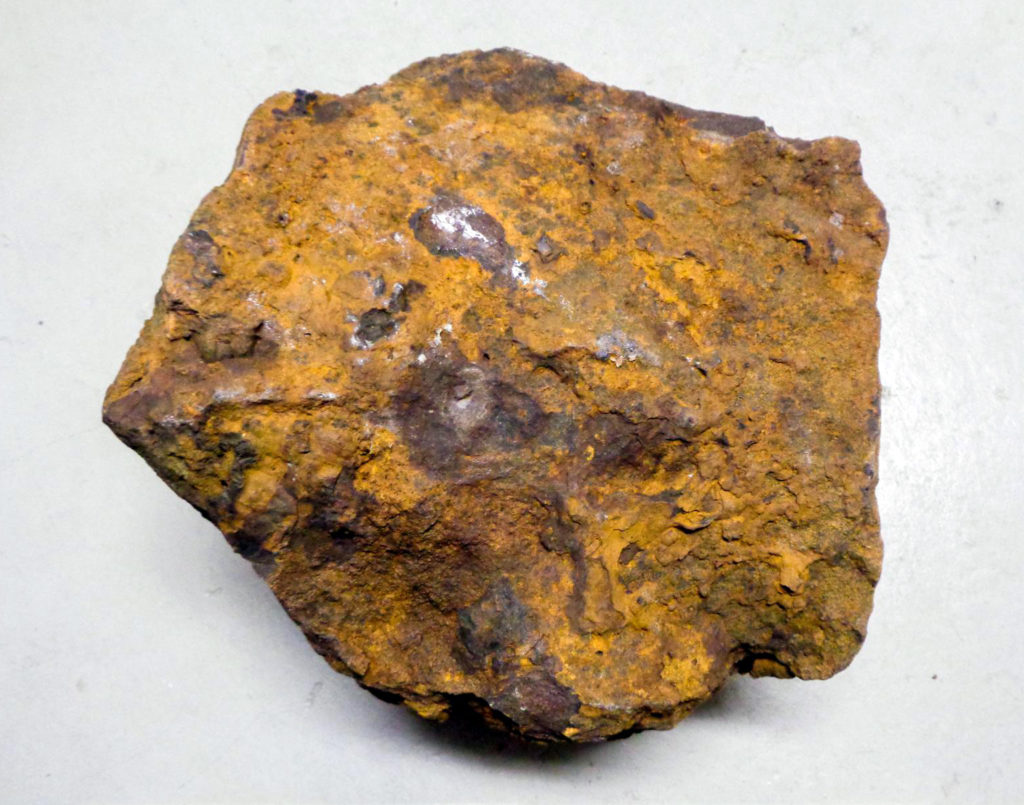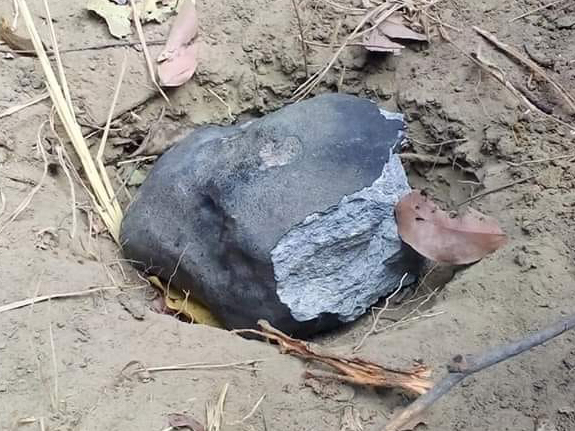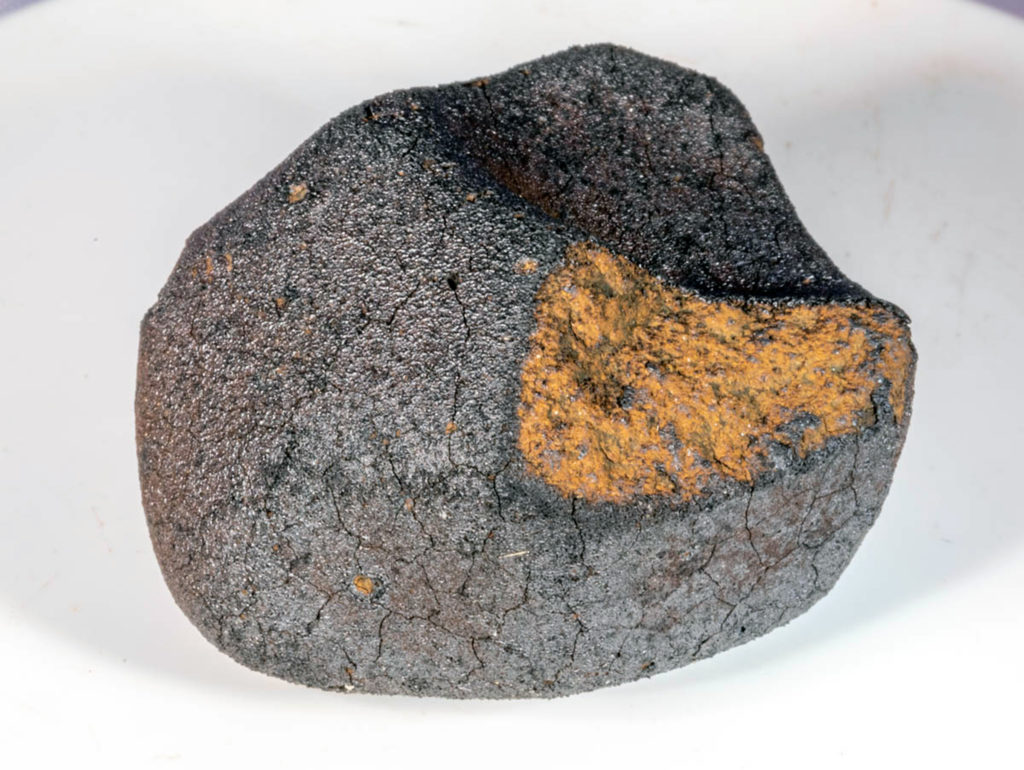Physical simulation method for meteoroid atmospheric entry with multiple-peaked light curves
Ziwen Li, Zhenye Li, Xiangyuan Zeng, Jifeng Liu, Hu Zou
Advances in Space Research
Available online 29 May 2025
“Highlights
- A new model of the atmospheric evolution of meter-sized meteoroids is proposed.
- The N-body meteoroid is modeled to reflect its geometry, structure, and rotation.
- The 2023 Beijing meteoroid and asteroid 2024 BX1 are simulated using the new model.
- The equivalent cross-sectional diameter characterizes the distribution of fragments.
- The light curve and strewn field of the meteorite are compared to the observation.”
“Meter-sized meteoroids typically exhibit asymmetric light curves with multiple peaks due to fragmentation and heterogeneous properties. This study proposes a systematic simulation method for modeling the trajectory, attitude, and structural evolution during their luminous atmospheric entry. The N-body meteoroid model incorporates irregular geometry, porous structure, and heterogeneous materials. In this approach, a cohesive contact model is employed to simulate the meteoroid’s structural disintegration. Differential ablation and asymmetrical volume changes are applied to simulate the kinetic energy loss and reproduce the light curve. The equivalent cross-sectional diameters of the valid granules at the light curve peaks are calculated to quantify the expansion of fragments. The effectiveness of the proposed method is validated through its application to two meteoroid cases: the 2023 Beijing meteoroid and the asteroid 2024 BX1. The multiple light curve peaks observed for both meteoroids are successfully reproduced using the new approach. For large meteorites from 2024 BX1 with masses exceeding 100 g, the method predicts landing positions with an accuracy of approximately 1 km.”

